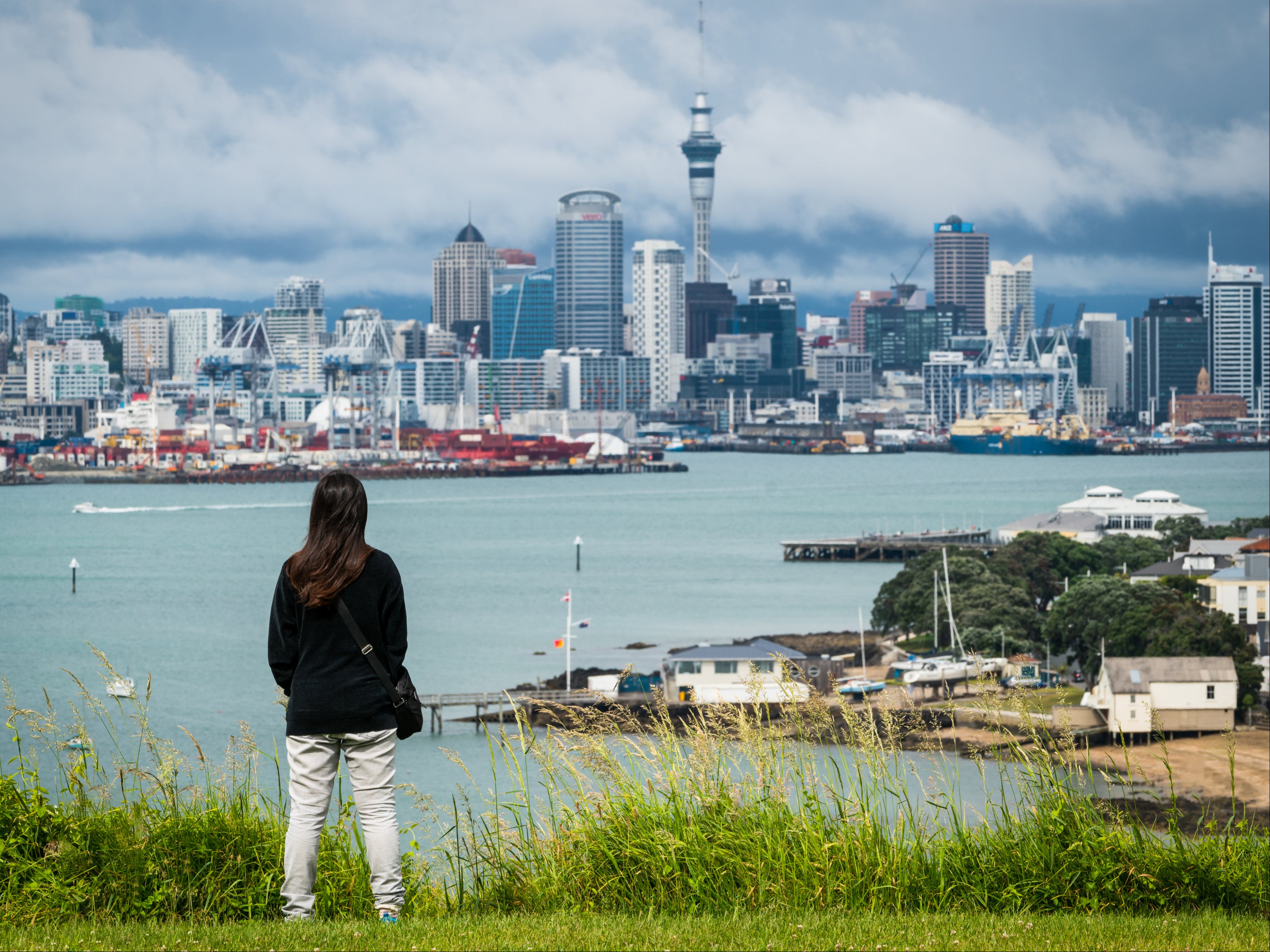Young people leaving New Zealand in droves amid worsening cost of living
Loss of residents driven by non-citizens as 33,300 chose to migrate out, while just 23,900 arrived

New Zealand has reported a net loss of migrants for the second year in a row as more residents decided to leave the country amid the rising cost of living.
About 7,300 more people left the country in the year ending March 2022 than those choosing to build a life in New Zealand, according to figures recently released by Stats NZ, the country’s official data agency.
Last year, it recorded a net loss of 1,700 people, making it the lowest net migration since 2012. In 2020, the country saw a record net gain of 91,700.
“Migrant arrivals have dropped to levels seen in the mid-1980s,” said Statistics New Zealand’s population indicator manager Tehseen Islam as he blamed the record dip on Covid-19-related travel and border restrictions.
With the country dealing with high inflation of 6.9 per cent and tough economic conditions driven by high living costs, New Zealand residents are heading off overseas in droves.
The provisional loss of residents is largely driven by non-citizens, as about 33,300 left the border, while just 23,900 arrived, leading to a net loss of 9,400. For the same period, about 22,200 citizens returned to the country, while 20,100 went overseas leading to a net gain of 2,100.
The increase in migration was especially observed among young adults between 18 to 27 years, with about 1,800 citizens belonging to this age group leaving the country. With the unemployment rate at 3.2 per cent, economists fear that the loss of workforce could contribute to labour shortage in the country.
“It’s a huge reversal – and the first time we’ve seen those negative figures since the global financial crisis, the Christchurch earthquakes and the Australian mining boom all combined in the early 2010s,” Brad Oslen, Infometrics principal economist and director, told The Guardian.
“The difficulty finding workers is extreme around the country – you have a smaller working age population than the year before, at a time when everyone is desperately calling out for workers. [It] really just exacerbates the pressures that businesses are under.”
Meanwhile, the opposition Act Party slammed Labour for their Covid-19 policy.
“Labour’s chickens have come home to roost. By locking the economy down and borrowing $50bn, they have left us with a mountain of debt and rising prices. Kiwis are finding it difficult to make ends meet and are heading offshore for a better chance of getting ahead in life,” said the leader of the party, David Seymour.
“Now we’re seeing changes at the border but it’s too little too late, we’ve already gained the reputation of a hermit kingdom overseas and are becoming less and less attractive as a destination.”
Earlier in May, New Zealand opened its borders to visitors for the first time since the pandemic started as it moved away from its “zero Covid” policy that was enforced through rigorous test-and-trace programmes, accepting that it became unsustainable with the spread of the highly infectious Delta and then Omicron variants.
Prime minister Jacinda Ardern announced in October last year that the strategy of completely keeping out or eradicating Covid would be “phased out”, and subsequently began easing restrictions once around 80 per cent of the country’s five million population were fully vaccinated.
Subscribe to Independent Premium to bookmark this article
Want to bookmark your favourite articles and stories to read or reference later? Start your Independent Premium subscription today.

Join our commenting forum
Join thought-provoking conversations, follow other Independent readers and see their replies